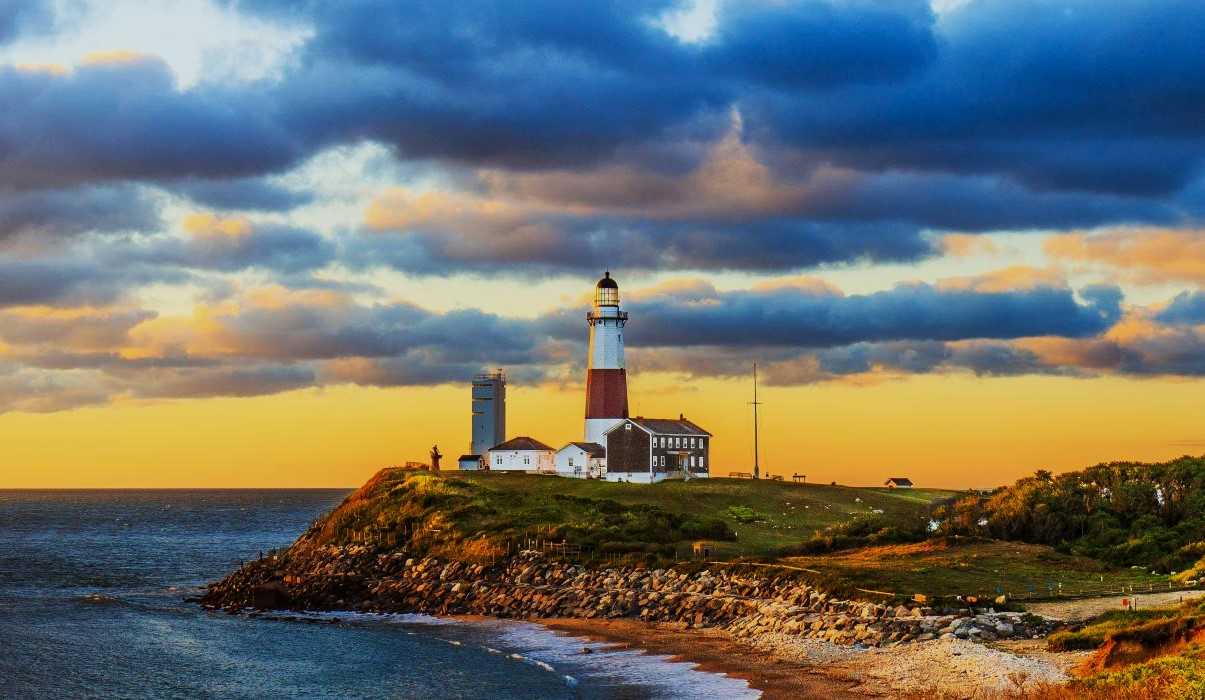Hidden Whaling Stations Of Long Island

Ever wondered about the hidden history of Long Island? This place is more than just beaches and lighthouses. Long ago, whaling stations dotted the coastline, playing a huge role in local life. These stations were bustling hubs where sailors processed whales for oil, bones, and other products. Today, many of these sites are forgotten, but their stories remain. Imagine walking along the shore, knowing that centuries ago, it was a center of maritime activity. Whether you're a history buff or just curious, learning about Long Island's whaling stations offers a unique glimpse into the past. Ready to dive into this fascinating chapter of history?
The Forgotten Whaling Stations of Long Island
Long Island, known for its beautiful beaches and bustling towns, hides a rich history of whaling. During the 18th and 19th centuries, whaling was a major industry here. Many of these old whaling stations have been forgotten, but they still hold stories of adventure and danger.
1. Sag Harbor
Sag Harbor was once one of the busiest whaling ports in the world. Ships from here traveled as far as the Pacific Ocean in search of whales. Today, you can visit the Sag Harbor Whaling Museum to learn about the town's whaling past.
2. Cold Spring Harbor
Cold Spring Harbor was another important whaling station. The Whaling Museum & Education Center here offers exhibits on the whaling industry and its impact on the local community. The harbor itself is a picturesque spot, perfect for a leisurely stroll.
3. Greenport
Greenport's whaling history is less well-known but equally fascinating. The East End Seaport Museum and Marine Foundation has a collection of artifacts from the whaling era. Greenport's charming streets and waterfront make it a great place to explore.
4. Montauk
Montauk, at the eastern tip of Long Island, was a key location for whalers. The Montauk Point Lighthouse, built in 1796, guided many whaling ships safely home. The lighthouse now serves as a museum, offering stunning views and a glimpse into the past.
5. Shelter Island
Shelter Island, nestled between the North and South Forks of Long Island, also played a role in the whaling industry. The Shelter Island Historical Society preserves the island's history, including its whaling heritage. The island's natural beauty adds to its allure.
6. Southampton
Southampton was another whaling hub on Long Island. The Southampton History Museum has exhibits on the town's whaling past. The museum is located in a historic building, adding to the sense of stepping back in time.
7. East Hampton
East Hampton's whaling history is preserved at the East Hampton Historical Society. The society's museum features artifacts and exhibits on the town's maritime past. East Hampton's beautiful beaches and historic homes make it a must-visit.
8. Amagansett
Amagansett, a small hamlet in East Hampton, also has a whaling history. The Amagansett Historical Association maintains a collection of whaling artifacts. The hamlet's quiet charm and scenic beauty make it a hidden gem.
9. Fire Island
Fire Island, a barrier island off the southern coast of Long Island, was a lookout point for whalers. The Fire Island Lighthouse, built in 1858, offers panoramic views and a glimpse into the island's maritime history. The island's natural beauty and tranquil beaches are an added bonus.
10. Oyster Bay
Oyster Bay was a lesser-known whaling station, but it played a role in the industry. The Oyster Bay Historical Society has exhibits on the town's history, including its whaling past. The town's historic buildings and waterfront make it a charming place to visit.
Discovering Long Island's Whaling History
Long Island's whaling stations offer a unique glimpse into the past. These hidden gems tell stories of adventure, hard work, and the sea's bounty. Visiting places like Sag Harbor and Cold Spring Harbor brings history to life. You can almost hear the echoes of sailors and see the bustling ports.
Exploring these sites is not just about learning history. It's about connecting with the island's heritage. The museums and preserved buildings make it easy to imagine what life was like during the whaling era.
Whether you're a history buff or just curious, Long Island's whaling stations are worth the trip. They remind us of a time when the sea was a source of livelihood and adventure. So, pack your bags and step back in time. Long Island's whaling history is waiting for you.

